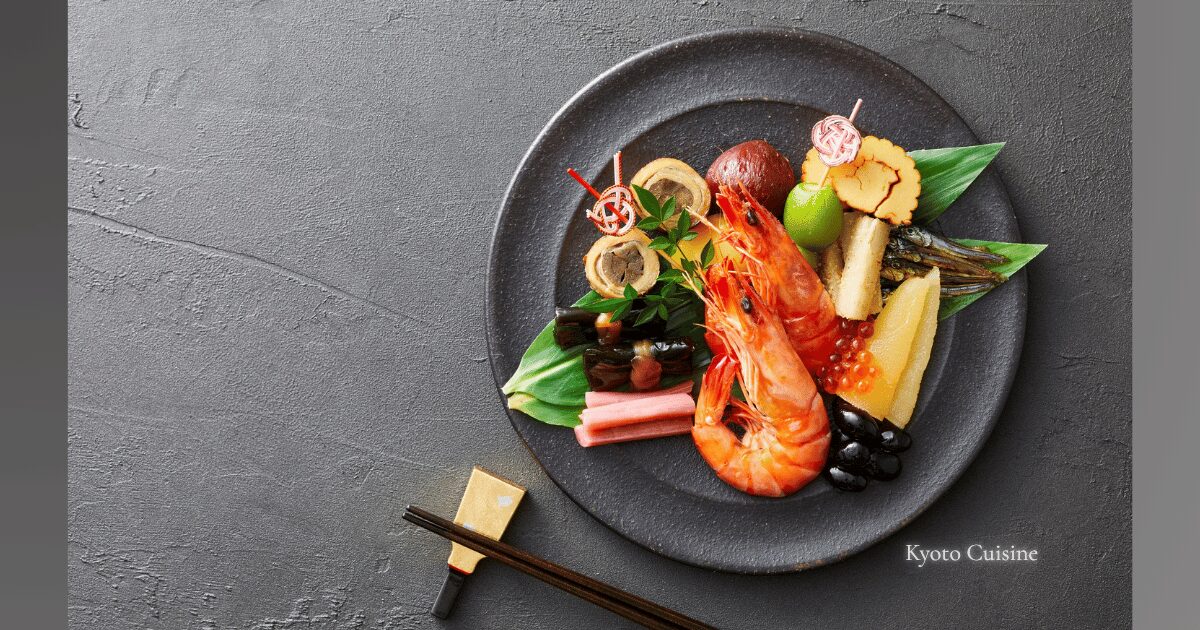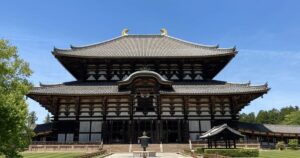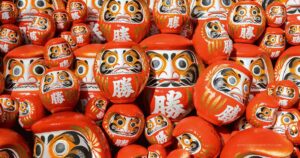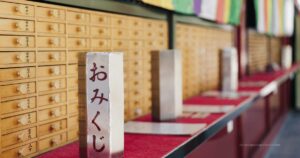Kyoto Cultural Experience: Discover Japan’s Living Traditions
When you think of Japan, you might picture temples, tea, kimono, or quiet streets lined with wooden houses.
But to have a real Kyoto culture experience, you need to go to the place where it all flourished—Kyoto itself.
This city has been the cultural heart of Japan for over 1,000 years—and it still shows.
Many travelers arrive in Japan through Narita or Haneda Airport.
Their first stop is often Tokyo—a city full of excitement, convenience, and modern wonders. And for many, it’s also the last stop before flying home.
You may see many “Japanese” traditions during your stay in Tokyo.
But did you know that many of these cultural practices and styles were refined and deeply rooted in Kyoto over centuries?
If you’re hoping to truly connect with authentic Japanese culture, Kyoto offers a deeper experience.
Tokyo vs. Kyoto – A Tale of Two Capitals
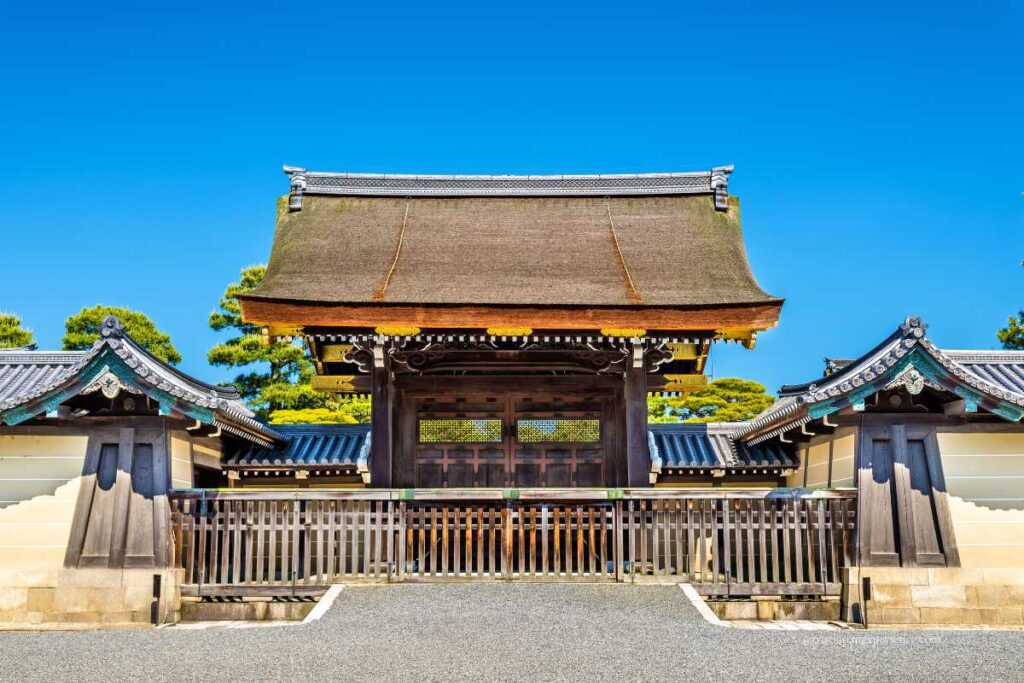
Tokyo is Japan’s capital today. It has everything—skyscrapers, anime, robot cafés, Michelin-starred sushi.
But Tokyo’s rise began only about 400 years ago, in 1603, when the Tokugawa shogunate was established in Edo (now Tokyo). It officially became the capital in 1869.
On the other hand, Kyoto was the capital of Japan for over 1,000 years, from 794 to 1868. It was home to emperors, nobles, monks, artists, and warriors. This long history makes Kyoto deeply rooted in tradition.
In Kyoto, tradition is not something in a museum—it’s alive.
Discover Kyoto’s Deep Cultural Roots through Tradition
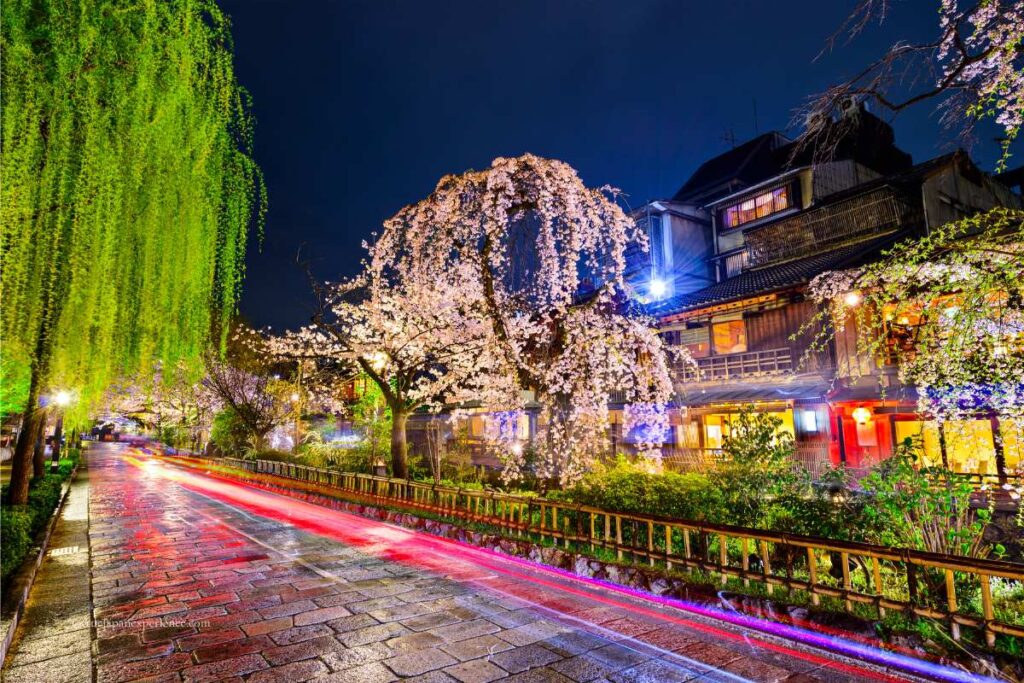
Kyoto is not just a beautiful city.
It has been the heart of Japanese culture for over 1,000 years.
Many traditions, arts, and ways of life have grown and continued here.
Let’s take a closer look at how Kyoto became such a special place.
Kyoto Cultural Legacy from a Thousand-Year Capital
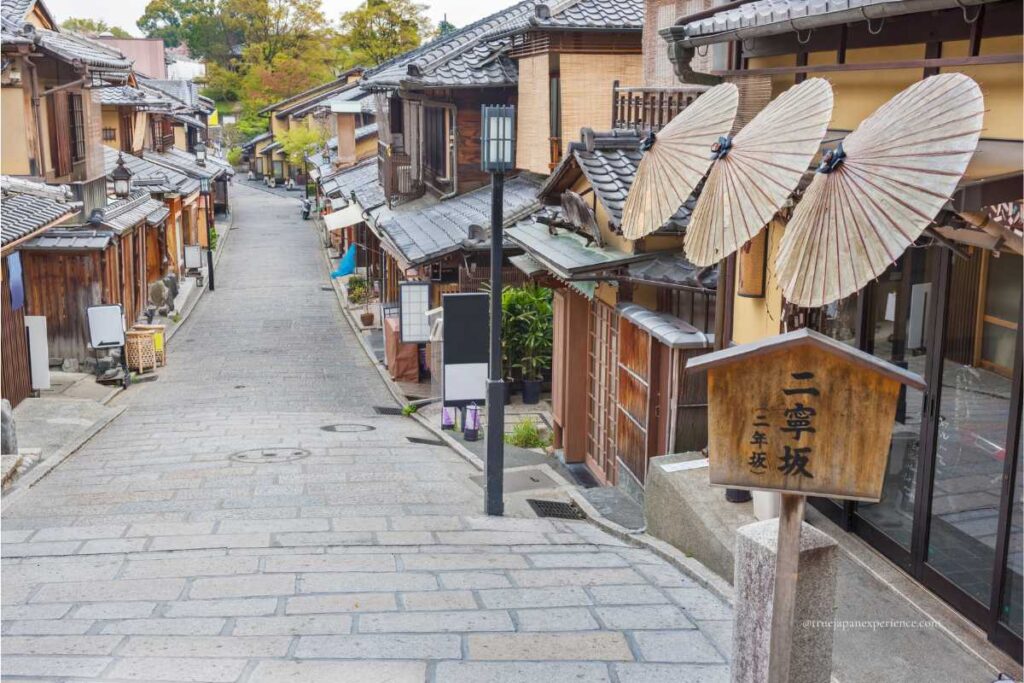
Kyoto became the capital of Japan in the year 794.
At that time, Emperor Kanmu moved the government to a new city called Heian-kyo. This city later became known as Kyoto.
For over 1,000 years, Kyoto was the home of emperors, nobles, monks, and artists.
It was where important decisions were made, great temples were built, and deep traditions were born.
Even when wars broke out or power moved to other places, Kyoto stayed strong. It kept its role as the cultural heart of Japan.
Many things we now call “Japanese tradition” were shaped here, one generation at a time.
When you walk through Kyoto today, you can still feel that long history in the air—in the streets, the buildings, and the quiet spirit of the people.
Timeless Kyoto Cultural Experiences You Can Still Feel Today
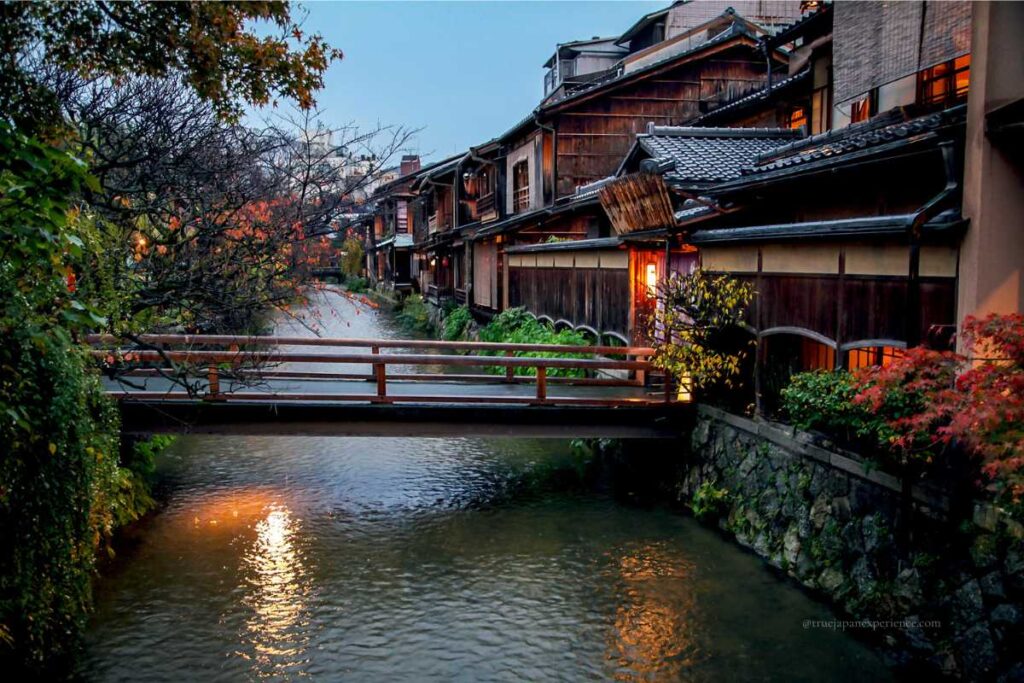
In Kyoto, tradition is not something that simply remained over time. People have made careful efforts to protect it—especially in the way the city looks and feels.
Kyoto’s townscape is not just old.
It has been carefully kept that way through strict rules.
Building heights are limited. Roof shapes are often designed in traditional styles. Colors and signs are carefully chosen to match the quiet beauty of the area.
These rules didn’t exist in the past—but they exist now, so that the past can still be seen.
This is not about stopping change. It’s about choosing what to keep. Because of that choice, Kyoto’s streets still carry the spirit of old Japan.
When you walk through a narrow alley or pass by a wooden house, you’re not just seeing something historic—you’re seeing something protected with care.
Unique Kyoto Cultural Experiences That Started Here
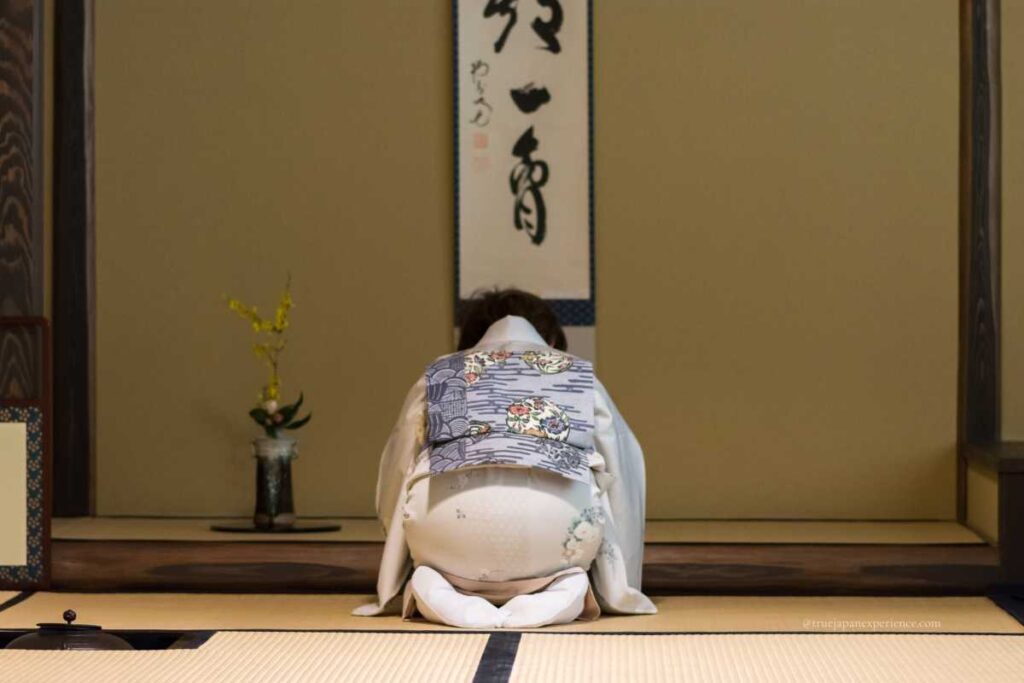
Kyoto is not only a city of history—it is also a place where many important parts of Japanese culture were shaped.
From the quiet tea ceremony to elegant flower arrangement and traditional theater, many customs and crafts that define Japan today were developed and passed down here.
Let’s begin with one of the most iconic traditions: the tea ceremony.
Tea Ceremony and Zen – A True Kyoto Cultural Experience
Kyoto has a deep connection to the history of the Japanese tea ceremony. It is where tea culture in Japan was shaped, developed, and passed down.
The idea of drinking tea came from China long ago.
But in Kyoto, it became something more. Here, the tea ceremony was turned into a special way of thinking, moving, and living.
The famous Urasenke, Omotesenke, and Mushanokoji-senke schools all started in Kyoto. Even today, they continue to teach the heart of tea culture in this city.
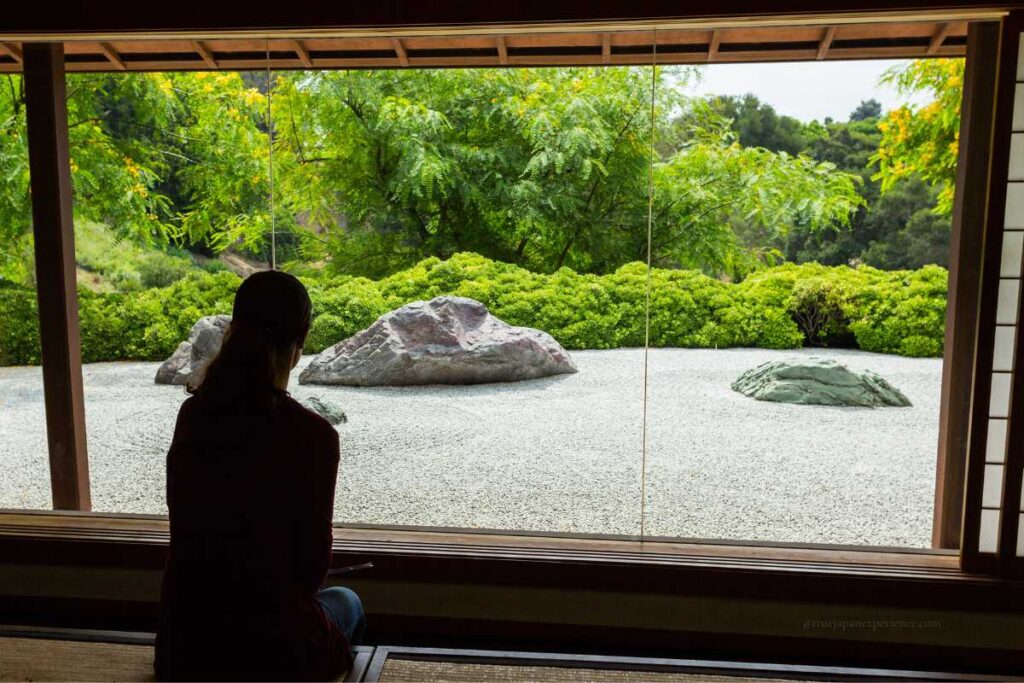
The tea ceremony is not just about having tea.
It is about being simple, showing respect, and caring for each small moment. Every movement, every item, has meaning.
This way of thinking was strongly shaped by Zen Buddhism. In fact, monks in Zen temples were the first to use matcha in Japan.
Even now, many tea rooms have scrolls with Zen words. The spirit of tea—harmony, respect, purity, and calm—is very close to Zen ideas.
In Kyoto, tea and Zen live side by side.
You can feel it in the quiet tea rooms, the soft steps, and the deep peace of the moment.
Traditional Arts and Crafts
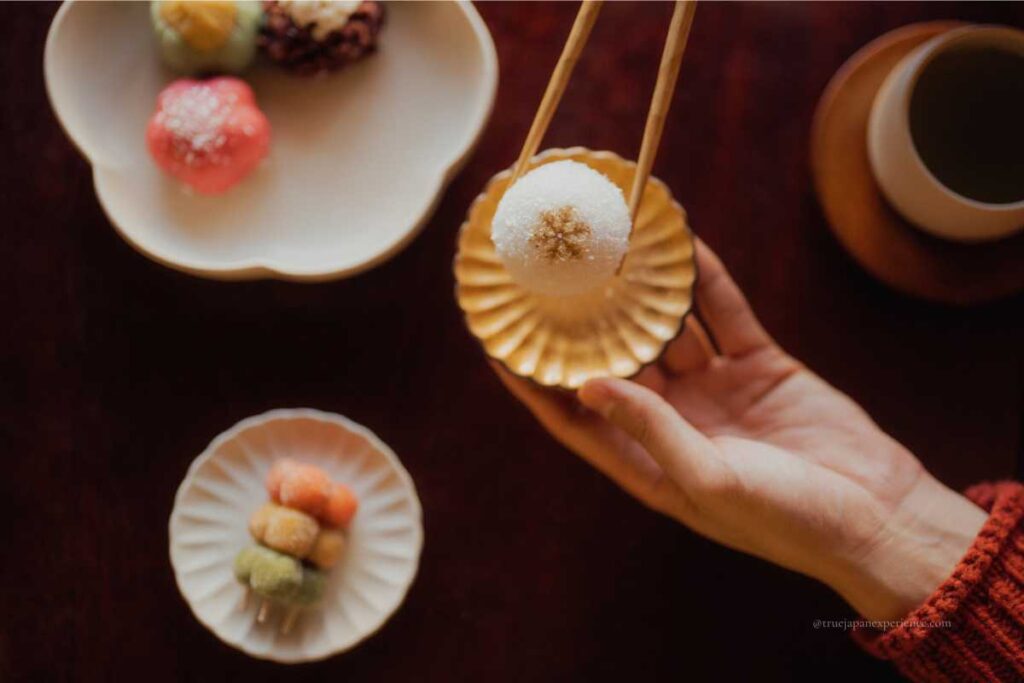
Kyoto is home to some of Japan’s most refined traditional crafts.
You can find many of these crafts in other parts of Japan, but in Kyoto, artisans have developed them with a special focus on beauty, detail, and harmony.
Skilled craftspeople have passed each tradition down through generations. These crafts are not just useful or beautiful—they express the spirit of Kyoto.
Here are some well-known examples:
・Nishijin textiles – colorful silk fabrics with fine patterns, used for kimono and obi
・Kyo-yaki / Kiyomizu-yaki ceramics – elegant pottery, often made for tea or daily life
・Kyo-ningyo dolls – handcrafted dolls with detailed features, often for display or gifts
・Kyo-sensu folding fans – used in tea, dance, and classical performance
・Kyo-shikki lacquerware – high-quality items made for tea tools or traditional tableware
These traditions are still carefully passed down today, with the same sense of beauty and precision.
They are not just things to see—they are stories to feel.
Performing Arts Still Alive
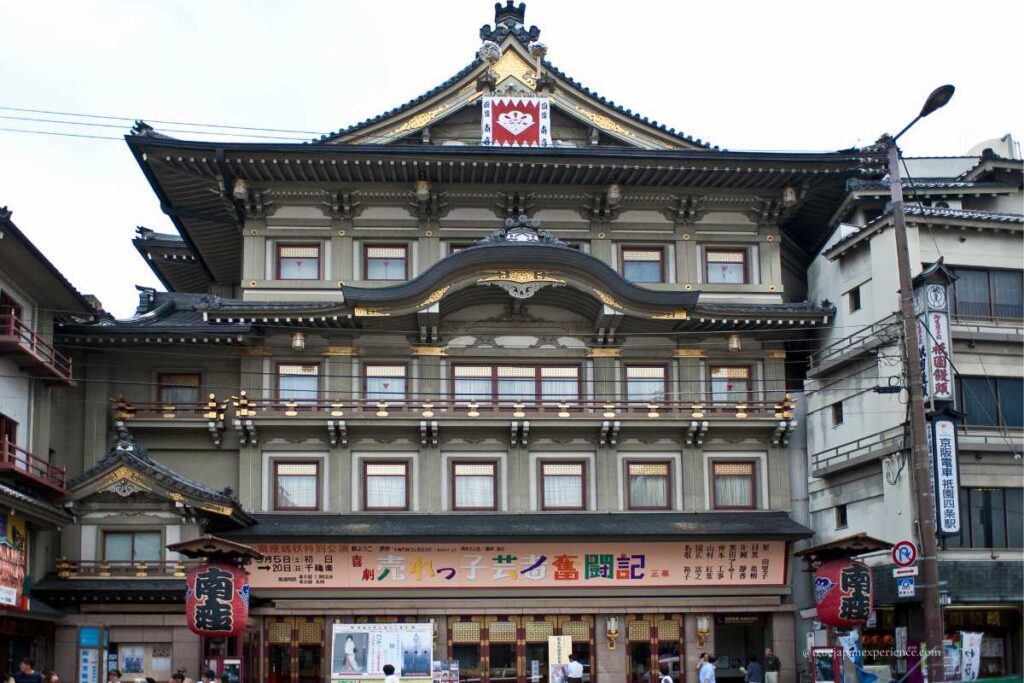
In Kyoto, artists and performers shaped many of Japan’s classical performing arts and passed them down through the generations.
People used art not just for entertainment, but also as part of court life, religious rituals, and seasonal celebrations.
Even today, skilled performers continue these traditions with great care and respect.
・Noh and Kyogen – elegant and poetic theater, refined in Kyoto during the Muromachi period
・Kyo-mai – graceful dance developed in Kyoto’s geisha districts, especially Gion
・Gagaku – the oldest court music in Japan, rooted in the ceremonies of the Heian era
You can still watch these performances today—sometimes in the very same places where performers once entertained audiences centuries ago.
Kyoto Cuisine – Where Simplicity Meets Elegance
Trying Kyoto cuisine is more than just a meal — it’s a Kyoto cultural experience that speaks to the region’s sense of beauty and balance.
Kyoto’s food culture is shaped by its history, geography, and deep respect for tradition.
Unlike flashy street food or modern fusion trends, Kyoto cuisine focuses on balance, harmony, and seasonal beauty.
Every dish reflects the city’s quiet elegance—using subtle flavors, simple ingredients, and thoughtful presentation.
You won’t find bold spices or heavy sauces here. Instead, you’ll find dishes that highlight the natural taste of each element.
It’s a style of cooking that may seem gentle at first, but speaks volumes through detail.
Local Dishes with History
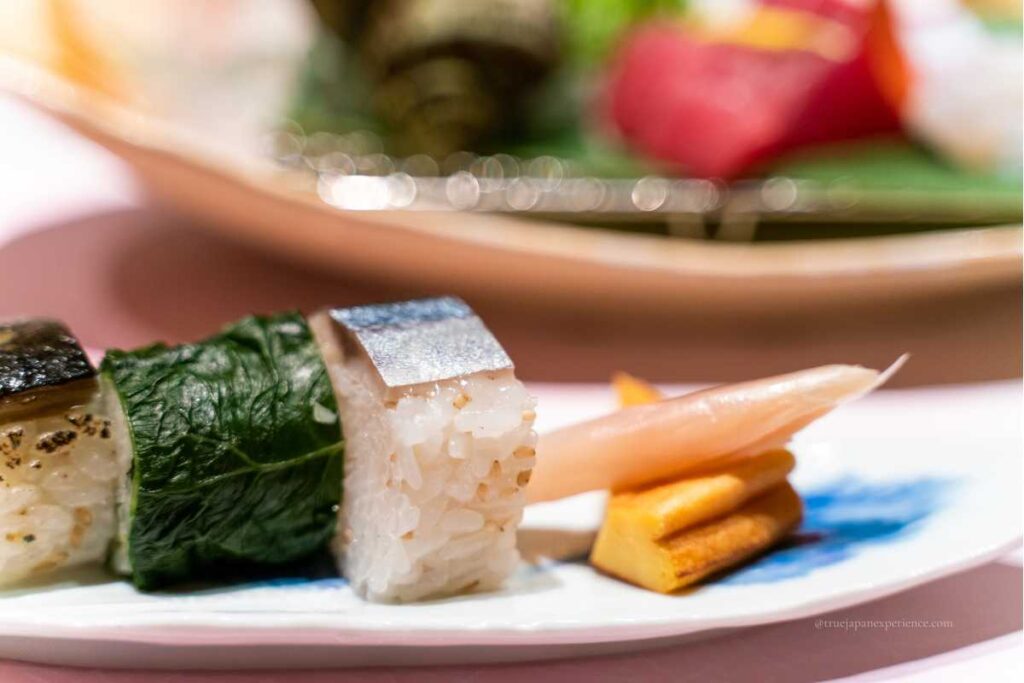
Kyoto’s food culture reflects its spirit—simple, seasonal, and deeply thoughtful. Meals are made to honor nature, balance, and quiet hospitality.
Here are some dishes that show the heart of Kyoto cuisine:
・Yudofu – Soft tofu gently simmered in broth, often enjoyed near Zen temples
・Obanzai – Humble home-style dishes made with seasonal vegetables and Kyoto-style flavors
・Kaiseki – A refined course meal that grew from the tea ceremony, emphasizing balance and beauty
・Kyotsukemono (Kyoto pickles) – Delicate pickled vegetables like shibazuke or senmaizuke
・Saba-zushi (Mackerel sushi) – Pressed sushi with salted mackerel, often eaten at festivals
When you enjoy Kyoto’s local dishes, you’re also tasting its culture. That’s why each meal becomes a real Kyoto cultural experience.
Seasonal Flavors and Aesthetic Beauty
In Kyoto, food is not just for filling your stomach—it is a way to feel the season and appreciate each moment.
Each dish reflects the time of year through its color, texture, and gentle taste.
Chefs carefully choose even the plates and bowls to enhance the dining experience.
Their shapes, colors, and materials match the food, the season, and the feeling of the meal.
Kyoto chefs also follow the idea of balance: five colors, five tastes, and five ways of cooking.
It’s not a rule—they simply believe that beauty comes from harmony.
Food in Kyoto is calm, thoughtful, and deeply connected to the rhythm of life.
A Taste You May Not Expect
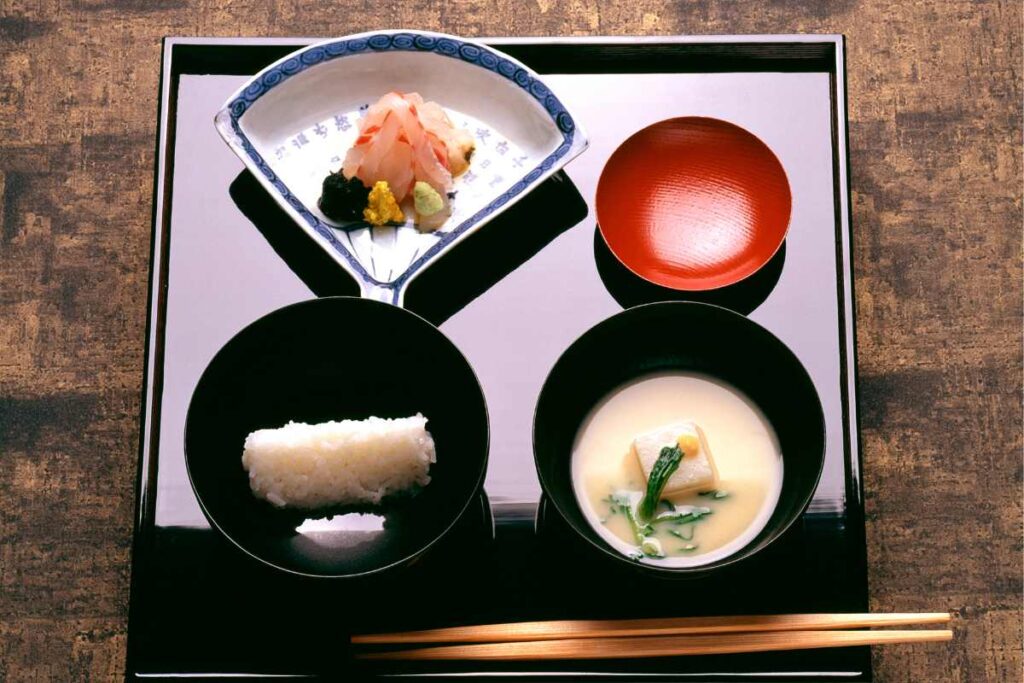
Kyoto cuisine delivers a delicate taste, which can feel light if you often go for spicy or rich foods. Some travelers even say it tastes “bland.”
But that quiet taste is not a mistake.
It reflects a different idea of flavor—one that values the natural taste of ingredients, and the feeling of harmony between them.
Kyoto food is gentle, thoughtful, and meant to calm the body and mind.
It may not excite your taste buds right away, but it leaves a lasting impression.
To learn more about the meaning behind traditional Japanese food, visit our full guide:
👉 Washoku: A Cultural and Culinary Journey Through Traditional Japanese Food
Join a Kyoto Cultural Experience Today
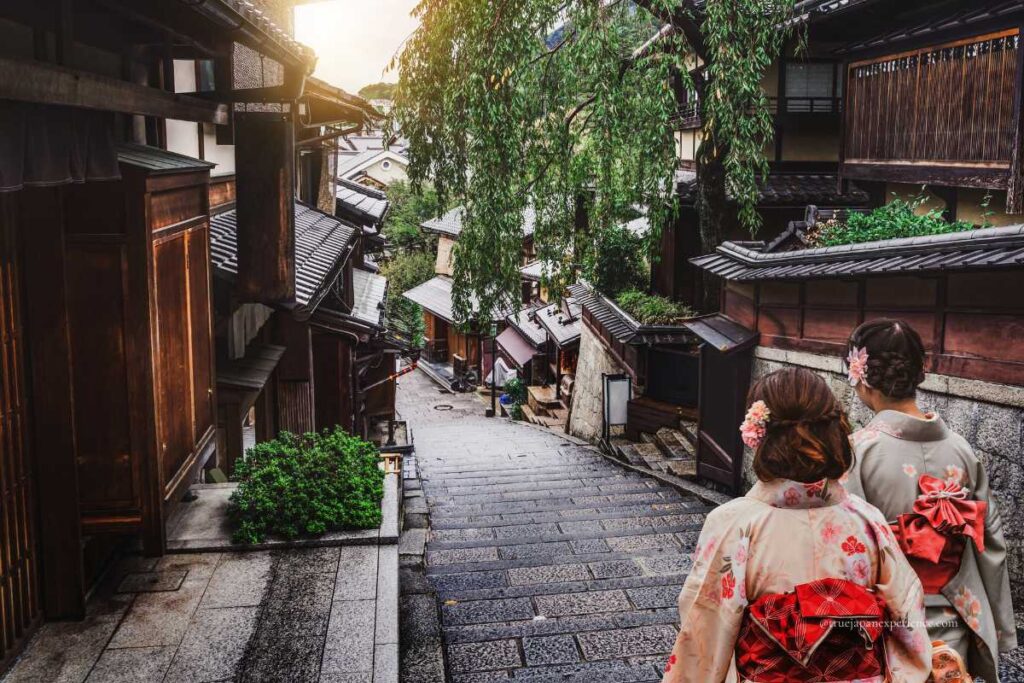
Kyoto invites you to join its culture—not just observe it.
Whether you join a tea ceremony, take part in a craft workshop, or explore food, you’re taking part in a meaningful Kyoto cultural experience.
These experiences become more meaningful because they happen in the place where the traditions were born, practiced, and still live on today.
👉 Want to try a tea ceremony yourself?
Learn the meaning, manners, and where to join—even in English:
Japanese Tea Ceremony: Meaning, Manners, and How to Experience It
Final Thoughts – If You Want to Feel the Real Japan…
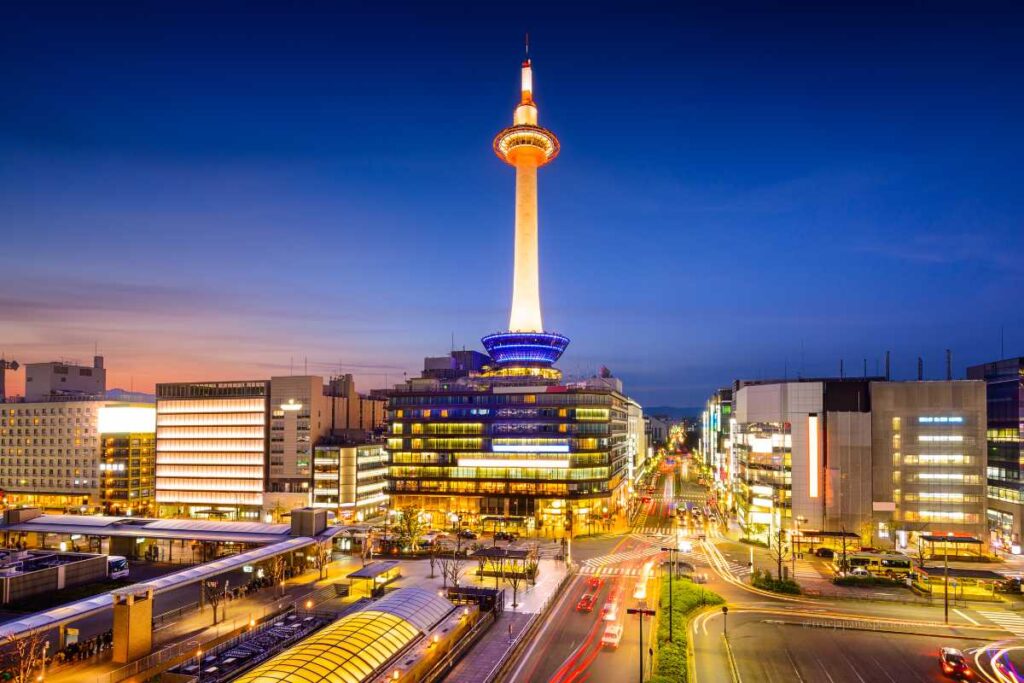
It’s true—Tokyo has everything.
But many of those things came from somewhere else, or were developed only in recent years.
Kyoto is where people have nurtured many of Japan’s cultural traditions and still carefully preserve them today. Its streets, food, arts, and way of life all reflect deep history.
If you want to experience temples, kimono, or traditional crafts, try doing it in Kyoto. Even if the activity is the same, the feeling is not.
Don’t just see Japan—feel it, in Kyoto.
Plan your Kyoto trip and discover the heart of authentic Japanese culture.
Find detailed shrine guides, cultural tips, and more on True Japan Experience.
